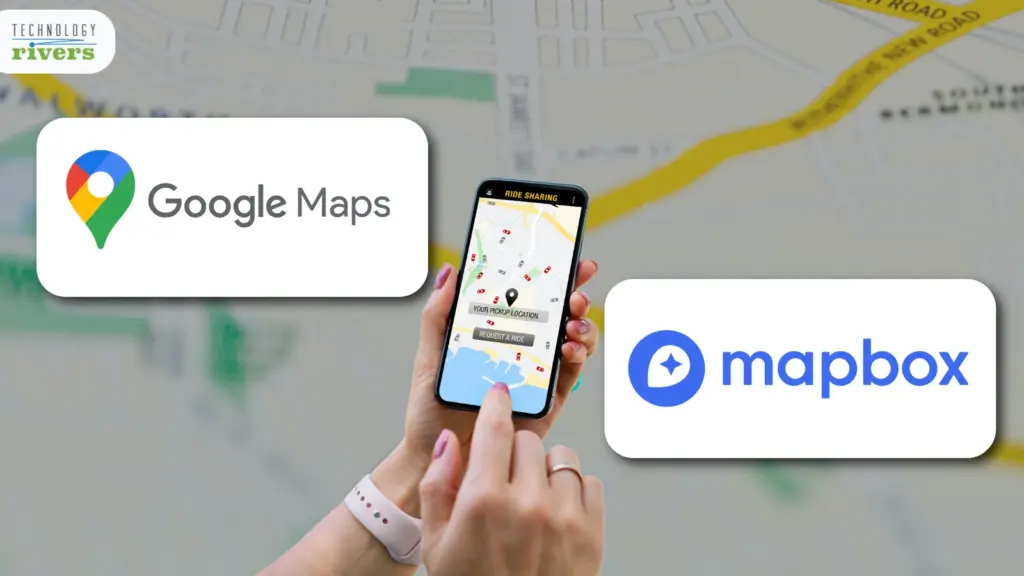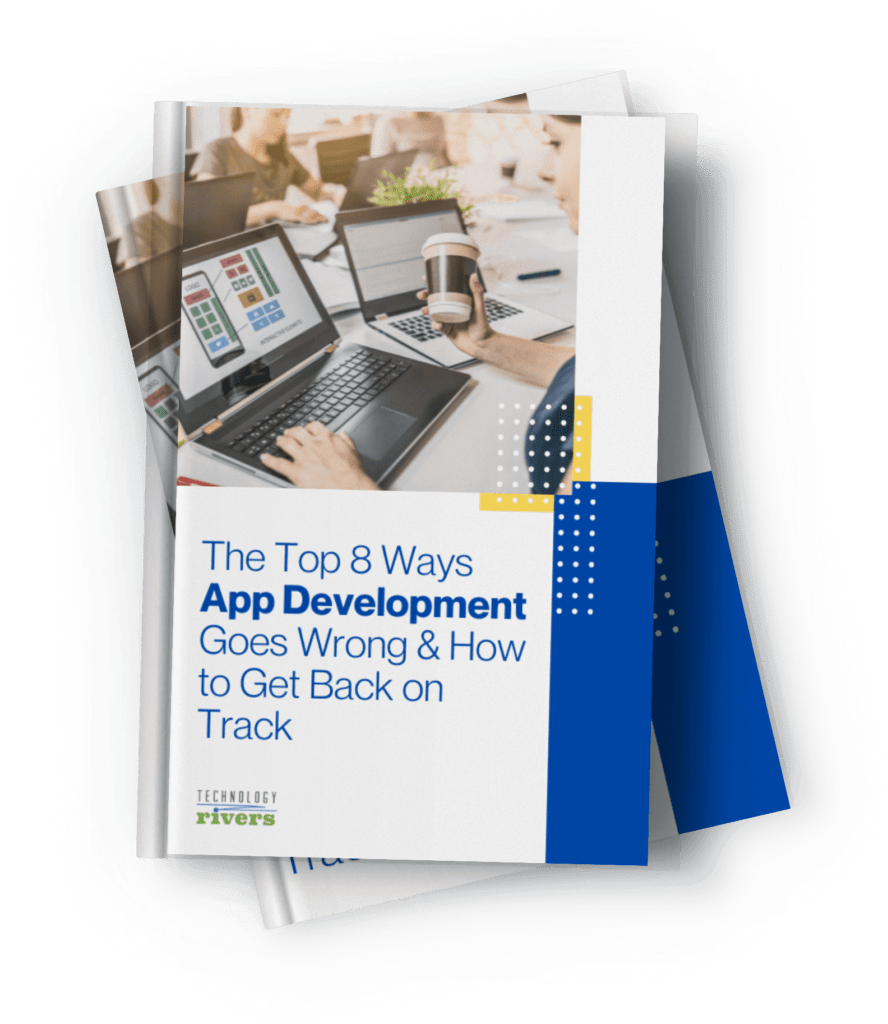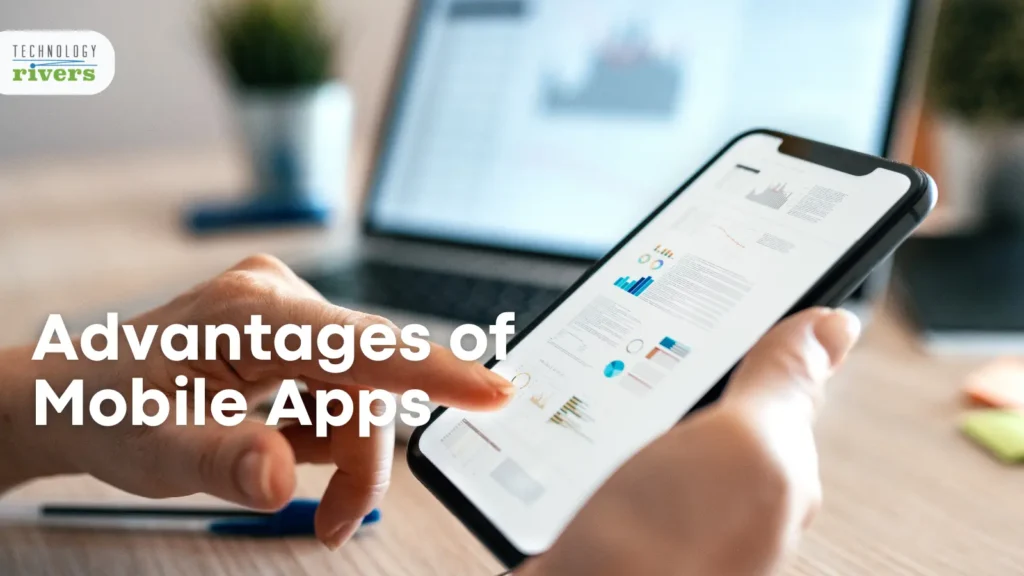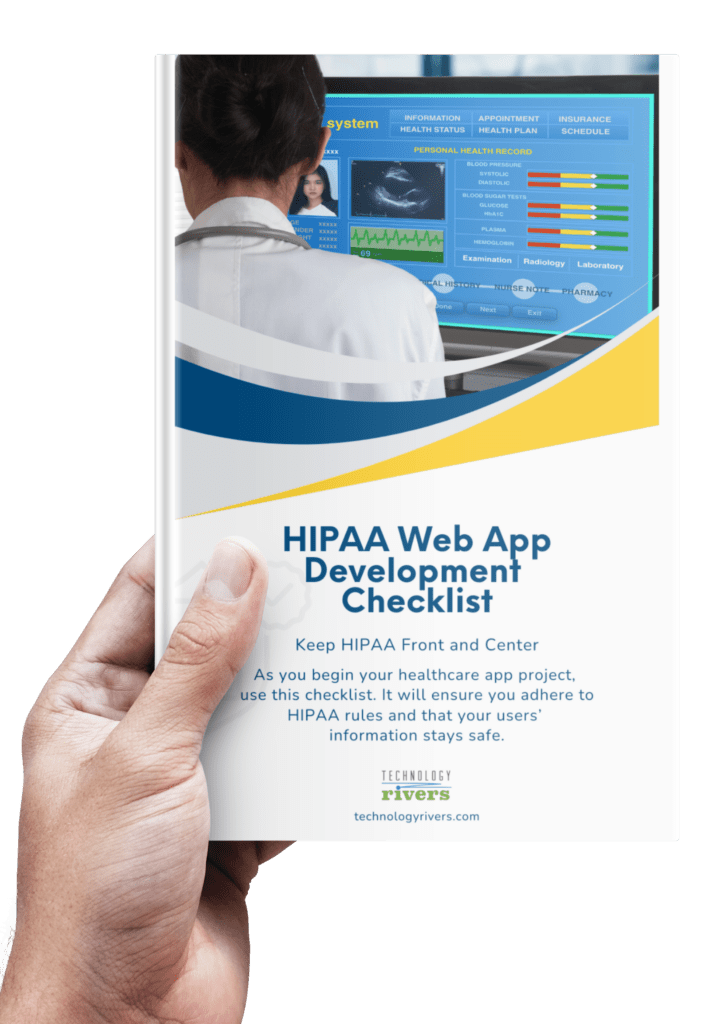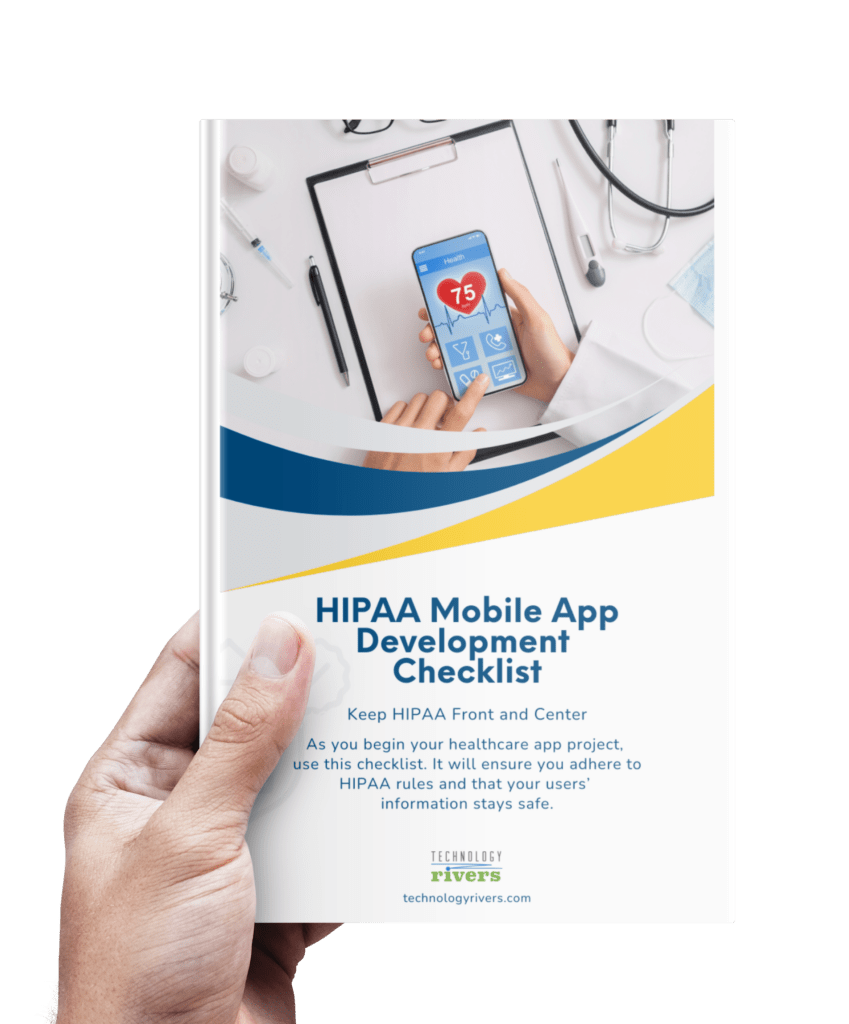In the ever-changing world of mobile apps, on-demand service apps have been a real game-changer! They’ve made life super convenient by connecting us with all sorts of services right at our fingertips. From ordering food and rides to getting home services or logistics, these apps rely heavily on real-time location data and smooth navigation to give us reliable and efficient services.
But here’s the catch – to make all this magic happen, developers need to pick the right map API to power the app’s location-based stuff. In this dynamic landscape, two giants have risen to the forefront, each vying for the position of the ultimate mapping solution: Mapbox and Google Maps.
And that’s exactly what we’re going to explore in this blog! We’ll be comparing two popular map APIs – Mapbox and Google Maps – to help you make an informed choice for your own on-demand app.

Mapbox: Customization and Flexibility
Mapbox is a powerful, developer-friendly mapping platform that offers a high level of customization and flexibility. It’s like a treasure trove of map styles, including custom designs, so you can make your app look just the way you want it.
Mapbox API is a suite of APIs that allow developers to access and interact with Mapbox maps, data, and services. The Mapbox APIs are divided into four categories:
- Maps: The Maps APIs provide access to Mapbox maps, including satellite imagery, street maps, and terrain maps.
- Navigation: The Navigation APIs provide turn-by-turn directions, traffic information, and routing.
- Search: The Search APIs allow you to search for places and businesses on Mapbox maps.
- Accounts: The Accounts APIs allow you to manage your account, including creating and managing users, and managing your billing.
It provides developers with access to a wealth of map styles, including custom designs, making it easier to match the app’s aesthetic and branding. Plus, the maps here are all vector-based, which means smooth zooming and panning for the users, giving them a more fluid user experience.
It works on both iOS and Android. They have a separate SDK for each platform, which makes it easy to integrate Mapbox maps into your mobile app. The Mapbox Maps SDK for iOS and the Mapbox Maps SDK for Android are both open source, so you can use them for free in your personal or commercial projects.
Additionally, it lets you go crazy with interactive elements! Think annotations, pop-ups, and custom overlays, allowing for a more immersive and interactive map experience.
And the best part? The real strength of Mapbox lies in its ability to be tailored to suit the unique needs of on-demand apps.
Developers can leverage its APIs to implement geocoding, routing, and turn-by-turn navigation functionalities seamlessly. Furthermore, it is known for its low-latency performance, making it an ideal choice for time-sensitive on-demand services where location accuracy and real-time updates are critical.

Google Maps: Comprehensive and Established
As the pioneer in the digital mapping arena, Google Maps needs no introduction. It boasts a comprehensive database of geographic information, covering virtually every corner of the globe.
This extensive coverage ensures that users can find and access the services they need, regardless of their location. So no matter where your users are, they’ll find what they’re looking for.
Moreover, what’s cool is that it also comes with a robust set of APIs that enable developers to integrate various location-based features into their apps efficiently. And if you want advanced search features, Google Places API, also allows users to easily find nearby restaurants, gas stations, ATMs, and more.
This feature is especially valuable for near-me searches or on-demand apps, as it enhances the overall user experience and encourages engagement within the app.
Additionally, it has an established user base and is integrated into numerous applications, making it a familiar and trusted choice for end-users. Users are more likely to trust an app with Google Maps integration, as they are already accustomed to its accuracy and reliability.

Data Privacy
But hey, it doesn’t just end there. There’s more to think about like data privacy. Data privacy has become a top concern for users, regulators, and businesses alike.
When it comes to on-demand apps that rely heavily on location data, the importance of safeguarding user information cannot be overstated.
While both options offer robust features, it is essential to consider data privacy and cost factors when choosing an API for your on-demand app.
Data privacy is a growing concern for users, and some may prefer Mapbox due to its privacy-first approach. They’ve got this privacy-first approach that gives developers more control over location data, which could be a big deal for some users.
This level of control can be crucial for apps dealing with sensitive user information, as it ensures that data is handled responsibly and in compliance with privacy regulations.
On the flip side, Google Maps, being part of the tech giant Google, adheres to its parent company’s data policies. While Google takes data privacy seriously and implements robust security measures, some users may have reservations due to Google’s expansive data collection practices.
As a result, potential users may be concerned about the extent to which their location data is being utilized beyond the app’s intended functionality.
Understanding your target audience’s privacy preferences and legal requirements will be crucial in making the right choice. If your app caters to users who prioritize data privacy and control, Mapbox’s privacy-first approach may align better with their expectations.
On the other hand, if your target audience already trusts Google’s data handling practices, Google Maps’ integration may instill confidence in your app’s reliability.
App Cost Considerations
And of course, there’s the money talk. The financial aspect of integrating a map API can significantly impact your app’s sustainability and profitability. Aside from looking at security, it’s also important to talk about app cost.
Here’s a closer look at the cost considerations you should be aware of: Mapbox follows a pay-as-you-go pricing model, where you are billed according to the number of map views and API requests your app generates. While it provides a generous free tier, you must closely monitor your app’s usage to ensure it remains within budget as it scales.
Google Maps, on the other hand, also employs a usage-based pricing structure. Google provides a certain number of free API requests each month, but beyond that limit, you’ll incur charges. Careful planning and monitoring of your app’s usage are essential to prevent unexpected cost overruns.
Both have their pricing structures based on the number of API requests. So, developers should carefully assess their app’s expected usage and compare the pricing models to choose the most cost-effective option.
Analyze the projected usage of your on-demand app. Consider factors such as the number of active users, map interactions per user, and the geographic coverage of your app’s services. Choosing the right map API and optimizing your app’s usage can lead to cost savings while delivering a high-quality user experience.
By understanding both data privacy considerations and app cost factors, you can confidently select the map API that aligns with your app’s specific requirements and budgetary constraints.
Balancing user privacy, data control, and financial prudence will help you build an on-demand service app that not only meets user expectations but also stands out in a competitive market.
Who is the Winner?
As the on-demand service app market continues to evolve, the significance of choosing the right map API cannot be overstated. Both stand out as two powerful contenders, each offering unique strengths to meet the diverse needs of developers and end-users alike.
To sum it all up, both options have their strong suits. Mapbox, with its focus on customization, flexibility, and developer-friendly approach. So, if you’re all about customization, flexibility, and speed, this might be your jam. But if you crave a vast database, advanced search features, and a trusted name, Google Maps could be the one for you.
When it comes to data privacy and app cost considerations, developers must carefully evaluate their priorities and compliance requirements. Mapbox’s privacy-first approach can be appealing to users who prioritize data protection and transparency.
In contrast, Google’s established data policies may raise concerns for some privacy-conscious users. In terms of cost, analyzing the app’s expected usage and comparing the pricing models of both APIs can help determine the most cost-effective option.
Ultimately, at the end of the day, the decision depends on your app’s specific requirements, development expertise, and the money you’ve got in the bank. Whatever you choose, just remember that a reliable mapping platform is the secret sauce for a killer on-demand service app that meets users’ expectations and provides an exceptional user experience.
Are you looking to Develop an On-Demand Service App? Check out some of the awesome on-demand mobile apps we’ve launched:
As a software development company, we build on-demand mobile apps for businesses in various industries – whether it’s transportation and travel, food delivery, gas delivery, eCommerce, or professional services.
Partner with our software development team and let’s bring your on-demand service app idea to life! With our knowledge of mapping APIs and passion for innovation, we’ll craft an app that exceeds expectations and leaves a lasting impact in the market.
If you’re ready to level up your business game and provide top-notch services to your customers, feel free to meet with us and schedule a free consultation, or reach out to me directly on LinkedIn today to create a game-changing app for your business.


